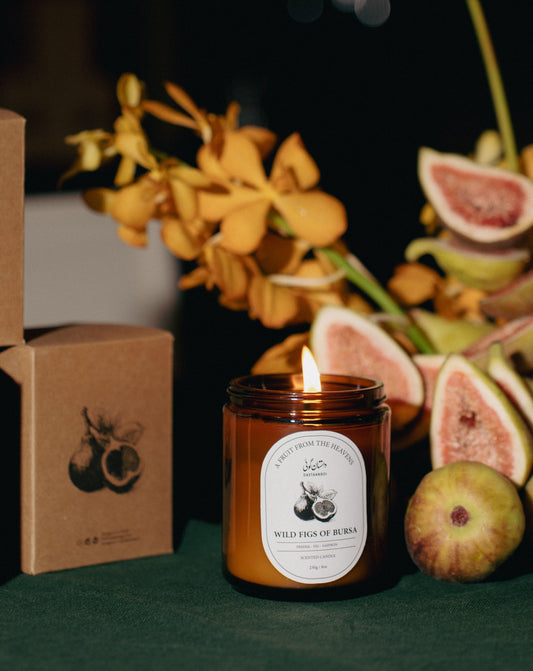The Himalayan monal
29 Dec 2021
The Himalayan monal is a large colorful pheasant native to Himalayan forests. The native range of Himalayan monals extends from Afghanistan and Pakistan through the Himalayas in India, Nepal, southern Tibet, and Bhutan. In Pakistan, these birds are most common in the Khyber Pakhtunkhwa province and have also been recorded in Kaghan, Palas Valley, and Azad Kashmir. They live in upper temperate oak-conifer forests interspersed with open grassy slopes, cliffs, and alpine meadows.
Himalayan monals are social birds that are often seen in pairs or small groups. In winter they usually congregate in large coveys and roost communally. These birds are active during the day and spend most of their time foraging. Monals are very good diggers using their curved bills to dig under the ground. They also tolerate snow and dig through it to obtain plant roots and invertebrate prey.
Himalayan monals are carnivores (insectivores) and herbivores (granivores, frugivores). They feed on various insects, seeds, tubers, roots, and berries.
In some areas, Himalayan monals are threatened due to poaching and other anthropogenic factors. In the western Himalayas, the local monal population suffers from human disturbance involving hydroelectric power development. These beautiful birds are also hunted for food and male monals are hunted for their crest feathers used in decorations. The crest of male Himalayan monals is very valuable among poachers. It is thought to bring status to its wearer and is a symbol of authority.
Photographer source: wikimedia commons.
Himalayan monals are social birds that are often seen in pairs or small groups. In winter they usually congregate in large coveys and roost communally. These birds are active during the day and spend most of their time foraging. Monals are very good diggers using their curved bills to dig under the ground. They also tolerate snow and dig through it to obtain plant roots and invertebrate prey.
Himalayan monals are carnivores (insectivores) and herbivores (granivores, frugivores). They feed on various insects, seeds, tubers, roots, and berries.
In some areas, Himalayan monals are threatened due to poaching and other anthropogenic factors. In the western Himalayas, the local monal population suffers from human disturbance involving hydroelectric power development. These beautiful birds are also hunted for food and male monals are hunted for their crest feathers used in decorations. The crest of male Himalayan monals is very valuable among poachers. It is thought to bring status to its wearer and is a symbol of authority.
Photographer source: wikimedia commons.
Sample Image Gallery
930 x 520px
SPRING SUMMER LOOKBOOK
Sample Block Quote
Praesent vestibulum congue tellus at fringilla. Curabitur vitae semper sem, eu convallis est. Cras felis nunc commodo eu convallis vitae interdum non nisl. Maecenas ac est sit amet augue pharetra convallis.
Sample Paragraph Text
Praesent vestibulum congue tellus at fringilla. Curabitur vitae semper sem, eu convallis est. Cras felis nunc commodo eu convallis vitae interdum non nisl. Maecenas ac est sit amet augue pharetra convallis nec danos dui. Cras suscipit quam et turpis eleifend vitae malesuada magna congue. Damus id ullamcorper neque. Sed vitae mi a mi pretium aliquet ac sed elitos. Pellentesque nulla eros accumsan quis justo at tincidunt lobortis deli denimes, suspendisse vestibulum lectus in lectus volutpate.







